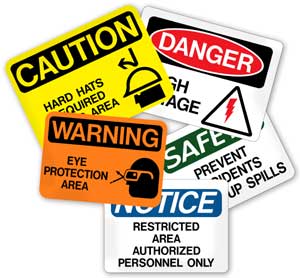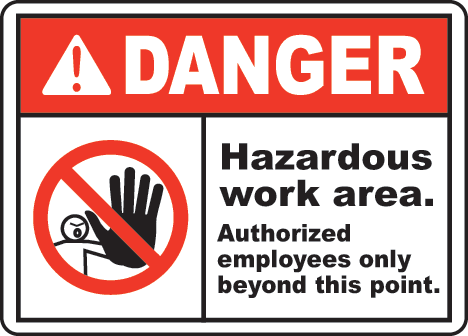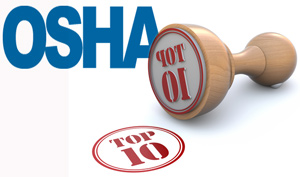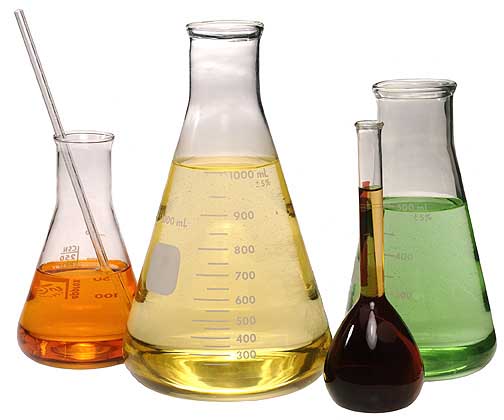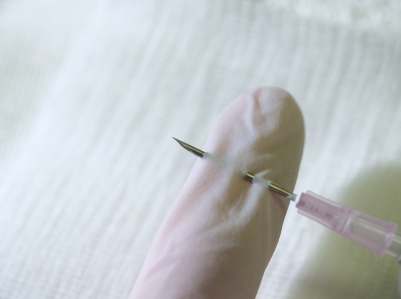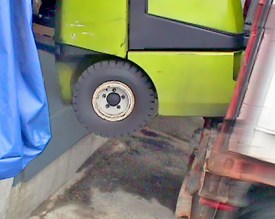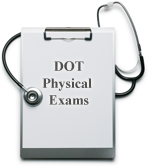 The National Registry of Certified Medical Examiners (National Registry) is a Federal program that establishes requirements for healthcare professionals who perform physical qualification examinations for truck and bus drivers. To become a certified medical examiner (ME) and be listed on the National Registry, healthcare professionals must complete training and testing on the Federal Motor Carrier Safety Administration’s (FMCSA) physical qualifications standards and guidelines. The National Registry website is accessible to carriers, drivers, enforcement officials, and the general public.
The National Registry of Certified Medical Examiners (National Registry) is a Federal program that establishes requirements for healthcare professionals who perform physical qualification examinations for truck and bus drivers. To become a certified medical examiner (ME) and be listed on the National Registry, healthcare professionals must complete training and testing on the Federal Motor Carrier Safety Administration’s (FMCSA) physical qualifications standards and guidelines. The National Registry website is accessible to carriers, drivers, enforcement officials, and the general public.
All healthcare professionals whose scope of practice authorizes them to perform physical examinations, as defined by the State in which they practice,and who intend to perform physical examinations and issue medical certificates for commercial motor vehicle (CMV) drivers to meet the requirements of Section 391.41 of the Federal Motor Carrier Safety Regulations (FMCSRs) must be certified and listed on FMCSA’s National Registry by May 21, 2014.

